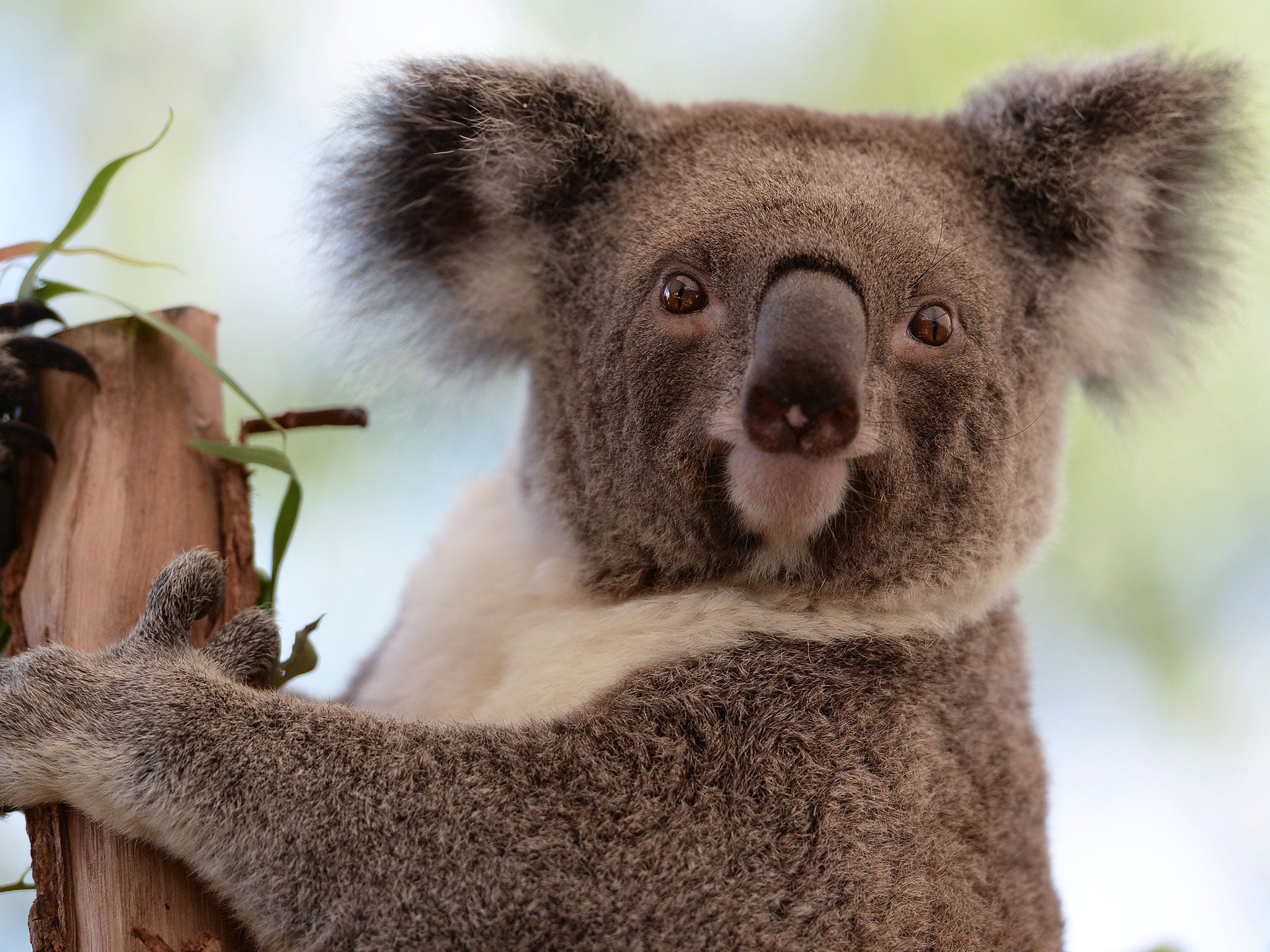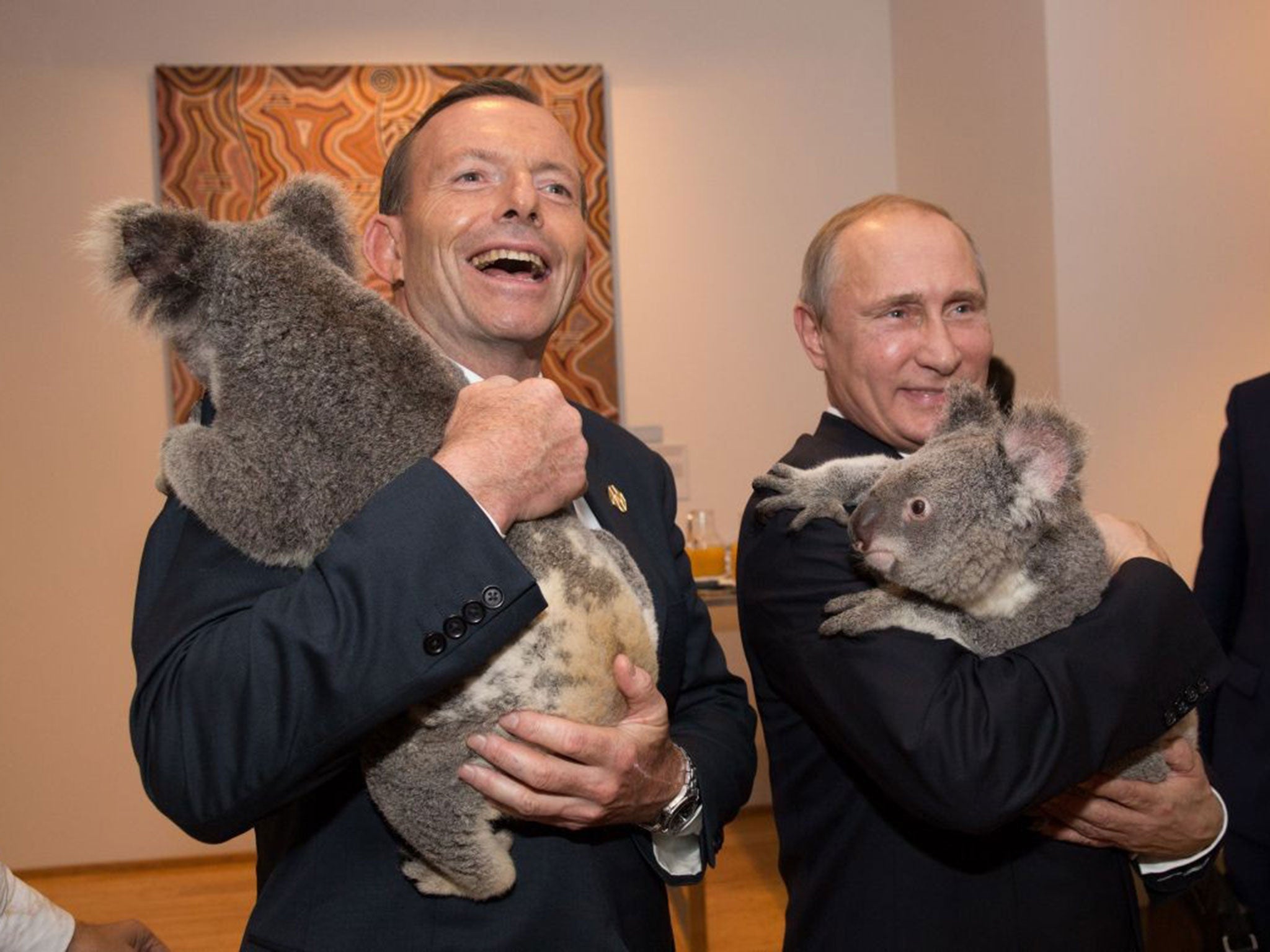Fears of another koala cull in Australia as officials claim they are 'overabundant' in Victoria
Almost 700 koalas were secretly killed in the same area over the last two years

Your support helps us to tell the story
From reproductive rights to climate change to Big Tech, The Independent is on the ground when the story is developing. Whether it's investigating the financials of Elon Musk's pro-Trump PAC or producing our latest documentary, 'The A Word', which shines a light on the American women fighting for reproductive rights, we know how important it is to parse out the facts from the messaging.
At such a critical moment in US history, we need reporters on the ground. Your donation allows us to keep sending journalists to speak to both sides of the story.
The Independent is trusted by Americans across the entire political spectrum. And unlike many other quality news outlets, we choose not to lock Americans out of our reporting and analysis with paywalls. We believe quality journalism should be available to everyone, paid for by those who can afford it.
Your support makes all the difference.Fears are mounting of another koala cull in Australia after officials announced a “health assessment” in an area where almost 700 of the animals were secretly killed.
Six koalas were put down yesterday by vets in the state of Victoria after they were found to be in a “very poor condition” at the start of the programme.
The local environment department (DELWP) claims koalas are “overabundant” in the Cape Otway region and are suffering because of a lack of food.
But conservation groups say there are too few trees rather than too many koalas and proper management of their habitat would make killing them unnecessary.
The Australian Koala Foundation (AKF) said culling should never be an option and blamed the government’s “gross mismanagement” for the problem.
Deborah Tabart, the group’s CEO, said koalas were deliberately moved into Cape Otway in the 1980s to boost tourism and that the future impact should have been considered.

“You cannot have it both ways,” she added. “You either want to protect our national icon - and its habitat - and use them as ambassadors, or you ruin Australia’s reputation with this disgusting cruelty.
“It is a complex problem and there are no easy fixes.”
The AKF has made recommendations calling for more trees to be planted and for woodlands to be linked so koalas can roam freely for food.
Mandy Watson, a senior biodiversity officer at the DELWP, said an assessment started on Monday and will continue for a week.
Vets and experts are catching a sample of the animals, examining, tagging them and implanting females with birth control. Healthy animals are released and ill koalas will be put down.
“We are focusing our attention on private land in Cape Otway where koalas are most affected by over-browsing,” Ms Watson said.
“Some of the trees have shown signs of recovery but koala densities are still high and the department needs to maintain proactive management of the area to protect koala welfare and the habitat.
“Any unhealthy koalas that are deemed too sick to survive release will be euthanised humanely to prevent further suffering.”
Cape Otway saw 686 culled in secret in 2013 and 2014 in response to overpopulation and starvation in the area, provoking an international outcry when the deaths were revealed in March.
The animals were pulled out of trees near the famous Great Ocean Road, assessed and given a lethal injection.

Conservationists were outraged but local residents told of the smell of rotting carcasses filling the air as starving koalas were “literally falling out the trees”, which had been stripped of leaves.
Victoria’s government is also modelling changes in the koala population and mapping habitats as part of recommendations made by an expert panel earlier this year.
Officials are monitoring the growth of blue-gums, the koalas’ favourite food. They are felled for timber in the area, despite being inhabited by the marsupials.
Koalas were listed as “vulnerable” under Australia’s Environmental Protection and Biodiversity Conservation Act in 2012 but there is no specific law protecting their habitat.
Join our commenting forum
Join thought-provoking conversations, follow other Independent readers and see their replies
Comments